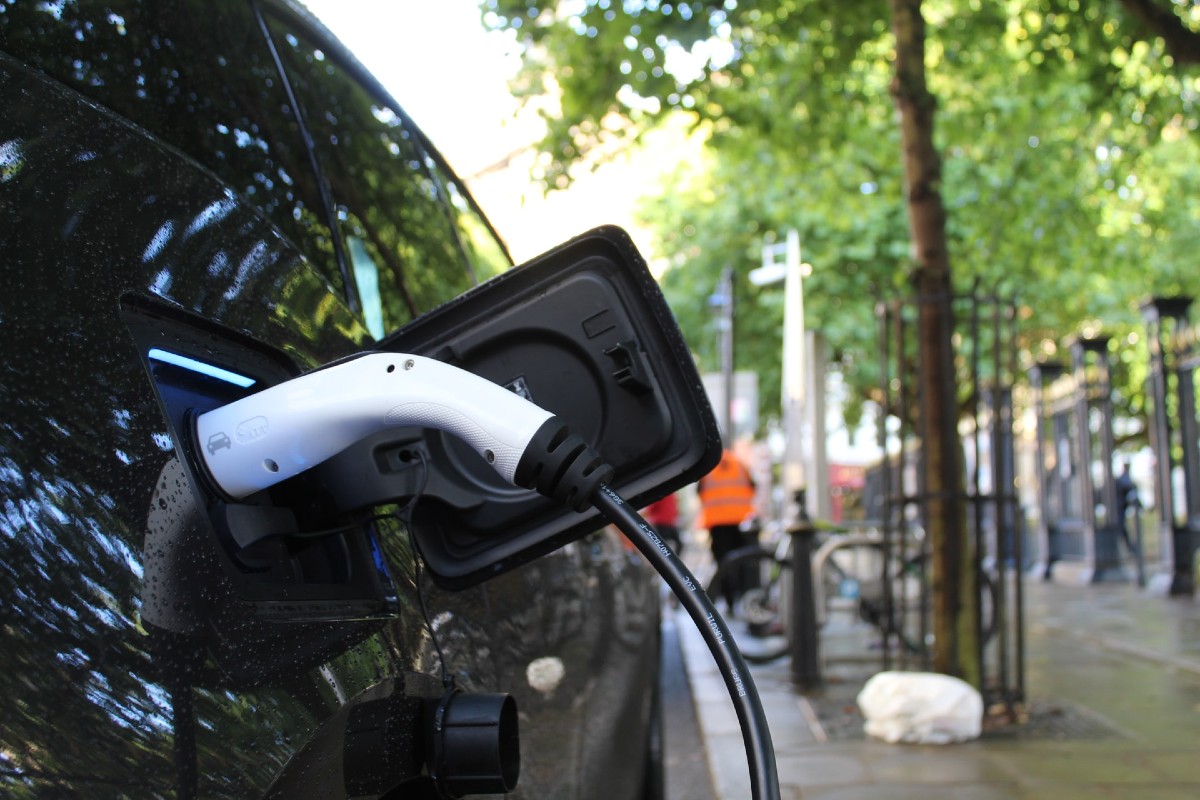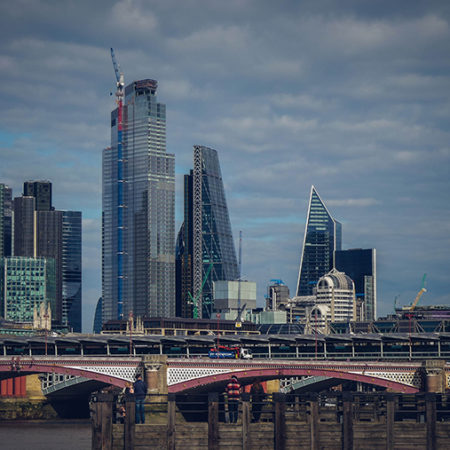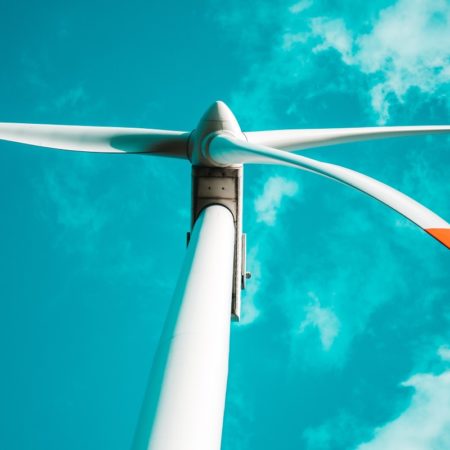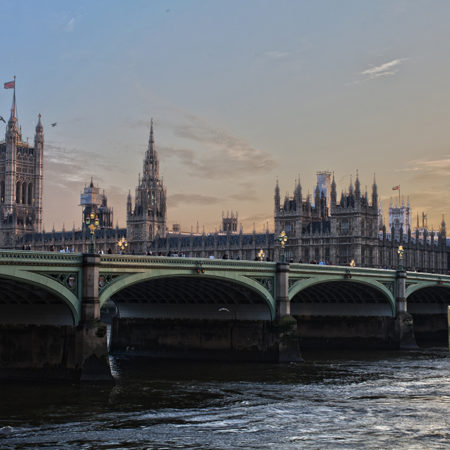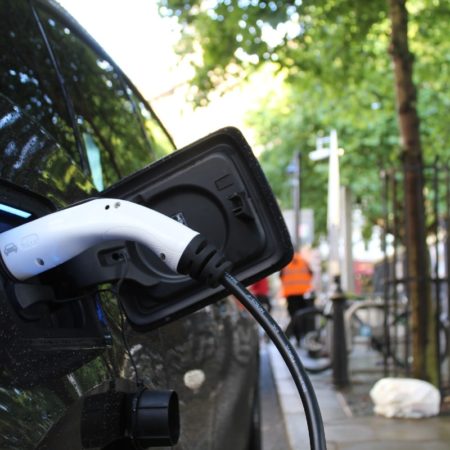The government’s long-awaited strategy for getting the UK to net zero greenhouse gas emissions has finally been published. Much of the actions set out in the strategy involve building on existing projects and repeating existing commitments – so which parts are completely new?
Wind power
The commitment to build 40GW of offshore wind capacity by 2030 was in last year’s Ten Point Plan for a Green Industrial Revolution. The pledge to generate all the UK’s energy from low carbon sources by 2035 was in the prime minister’s recent party conference speech.
What’s new:
This year the UK has generated only a fraction of its wind power capacity, thanks to mild weather, and this is one of the reasons behind the recent spike in gas prices. The net zero strategy announces “deployment of new flexibility measures including storage to help smooth out future price spikes”. It is not clear what exactly this will involve or how much will be spent on this, but storage will be one of the keys to managing the intermittency of renewables as we move towards our 100% green energy goal.
Nuclear
The government had already created an Advanced Nuclear Fund of £385 million and a further £170 million on research for Advanced Modular Reactors. The plan for some time has been to support the creation of new large-scale nuclear projects.
What’s new:
The Net Zero strategy sets a deadline to secure a final investment decision on a large-scale plant in the life of this parliament. (It is not clear exactly how long that will be, since draft legislation to repeal the Fixed-term Parliaments Act is being considered.)
The Net Zero strategy also creates a new £120 million Future Nuclear Enabling Fund to explore options for future technologies such as Small Modular Reactors and remove “barriers to entry”. Details of how this fund will work will be published in 2022.
Hydrogen
The government published its Hydrogen Strategy in August, setting itself the target of creating 5GW of low-carbon hydrogen production capacity by 2030. The challenge with hydrogen is that at present, most of it is created through carbon-intensive processes that require heavy use of fossil fuels. There are two alternatives:
- Green hydrogen. This is created by electrolysis that is powered by electricity from renewable sources.
- Blue hydrogen. This is created using fossil fuels, but most of the emissions don’t go into the atmosphere because of a process known as carbon capture, usage and storage (CCUS).
The Hydrogen Strategy announced that the government will pursue a “twin track” approach, supporting the production both green and blue hydrogen. This is repeated in the Net Zero strategy.
What’s new:
There will be a new Industrial Decarbonisation and Hydrogen Revenue Support scheme, providing up to £140 million.
The government was already intending to carry out trials into the feasibility of hydrogen for heating our homes. The Net Zero strategy announces a Hydrogen Village trial to be concluded before 2026 so that a decision can be made on hydrogen heating.
Industry
The Ten Point Plan promised to have two CCUS clusters in operation by 2030, two of which will be up and running by the mid-2020s. The net zero strategy confirms that this is still the plan. The £1 billion CCUS Infrastructure Fund, also announced in the Ten Point Plan last year, will support this.
What’s new:
There is a new target to reduce industrial emissions by between 63% and 76%, following the recommendations of the Climate Change Committee. The modelling suggests this is necessary for us to reach net zero by 2050, but it is an ambitious target and will require iron and steel to completely decarbonise “in the 2020s and early 2030s”. A science policy researcher told edie this week that this seems unfeasible, given the long investment cycles of integrated steel mills (an upgrade every 15-20 years).
Heat and buildings
A target of 600,000 heat pump installations by 2028 was already in the Ten Point Plan.
What’s new:
A new £450 million Boiler Upgrade Scheme is intended to incentivise households to switch to lower-carbon heating. There will also be a further £1.425 billion going into the Public Sector Decarbonisation Scheme, with the aim of reducing direct emissions from public sector buildings by 75% by 2037. There is a lot more detail in the newly published Heat and Buildings Strategy.
Road transport
The “£2 billion for cycling and walking” and the £3 billion for buses are not new; they were first announced in February 2020.
What’s new:
There will be a further £620 million for electric vehicle grants and EV charging infrastructure. A full EV infrastructure strategy will be published “later this year”.
The government has been exploring different options for tackling the tricky-to-decarbonise road freight sector, and the net zero strategy announces the expansion of some of these trials.
Shipping
This year’s Clean Maritime Demonstration Competition was designed to support innovative technologies to help the government achieve its Clean Maritime Plan. There were so many high-quality entries that the Department for Transport allocated an extra £3.259 million on top of the original prize fund of £20 million. This funding has gone to 55 different projects.
What’s new:
The government will be building on this success by turning the Clean Maritime Demonstration Competition into a multi-year programme.
Aviation
In June the government set in law the Sixth Carbon Budget, which for the first time incorporates the UK’s share of aviation and shipping emissions into our total. This is one of the hardest areas to decarbonise, and the easiest route to doing so would be to get people to fly less– but the government prefers the idea of a technological silver bullet that will enable “guilt-free flying”. In March this year it launched a competition for projects to make low-emission jet fuel, with a £15 million prize pot.
What’s new:
The government is still committed to the idea of sustainable aviation fuels (SAF), and pledges a further £180 million to support the development of SAF plants, with the plan that aeroplanes will be using 10% by 2030. The net zero strategy also promises to explore options such as electric and hydrogen aircraft. However, there is a tacit acknowledgement that none of this is likely to reduce emissions significantly in the timescales we have: “[Greenhouse gas removals] will play a critical role in balancing residual emissions from the hardest to decarbonise sectors such as aviation.”


